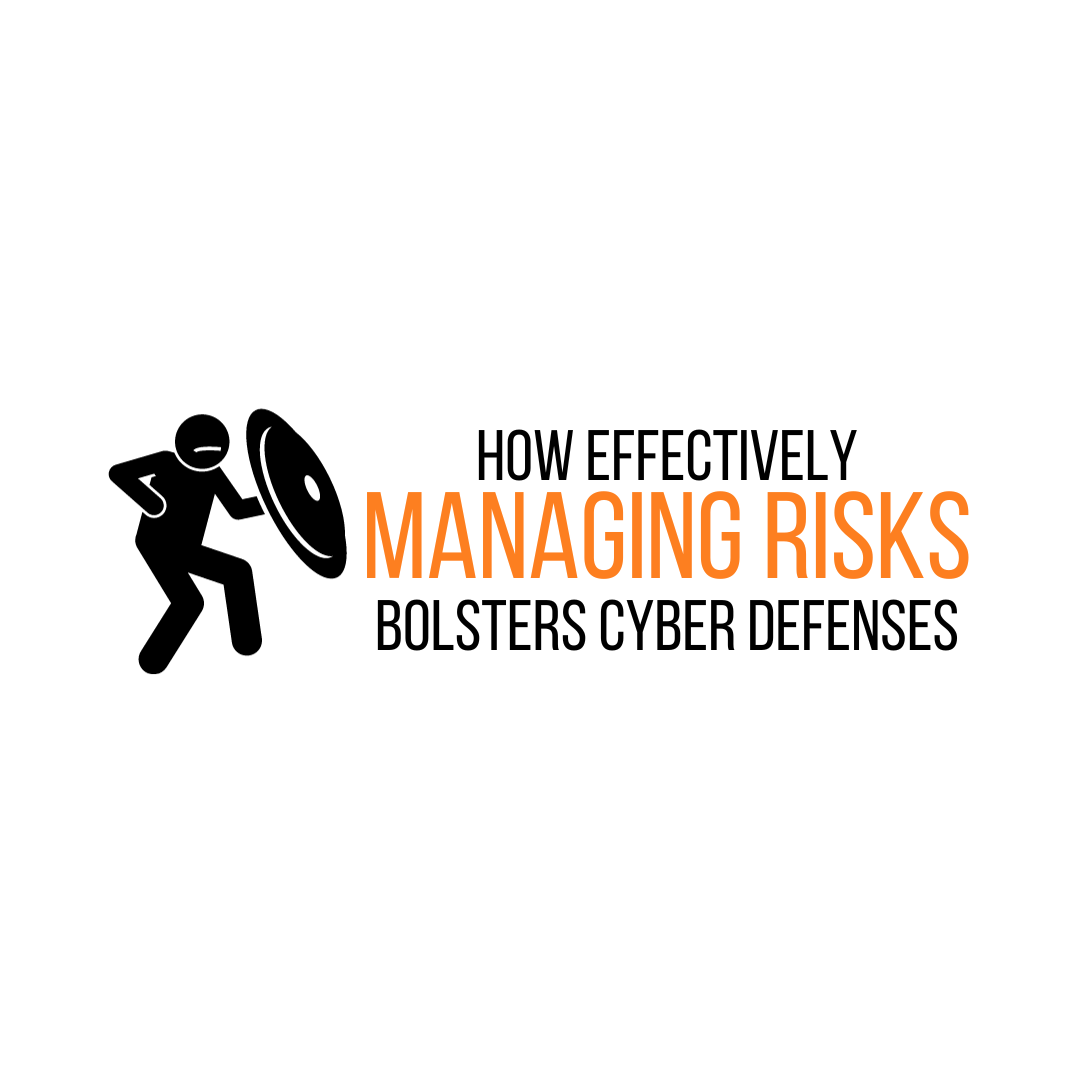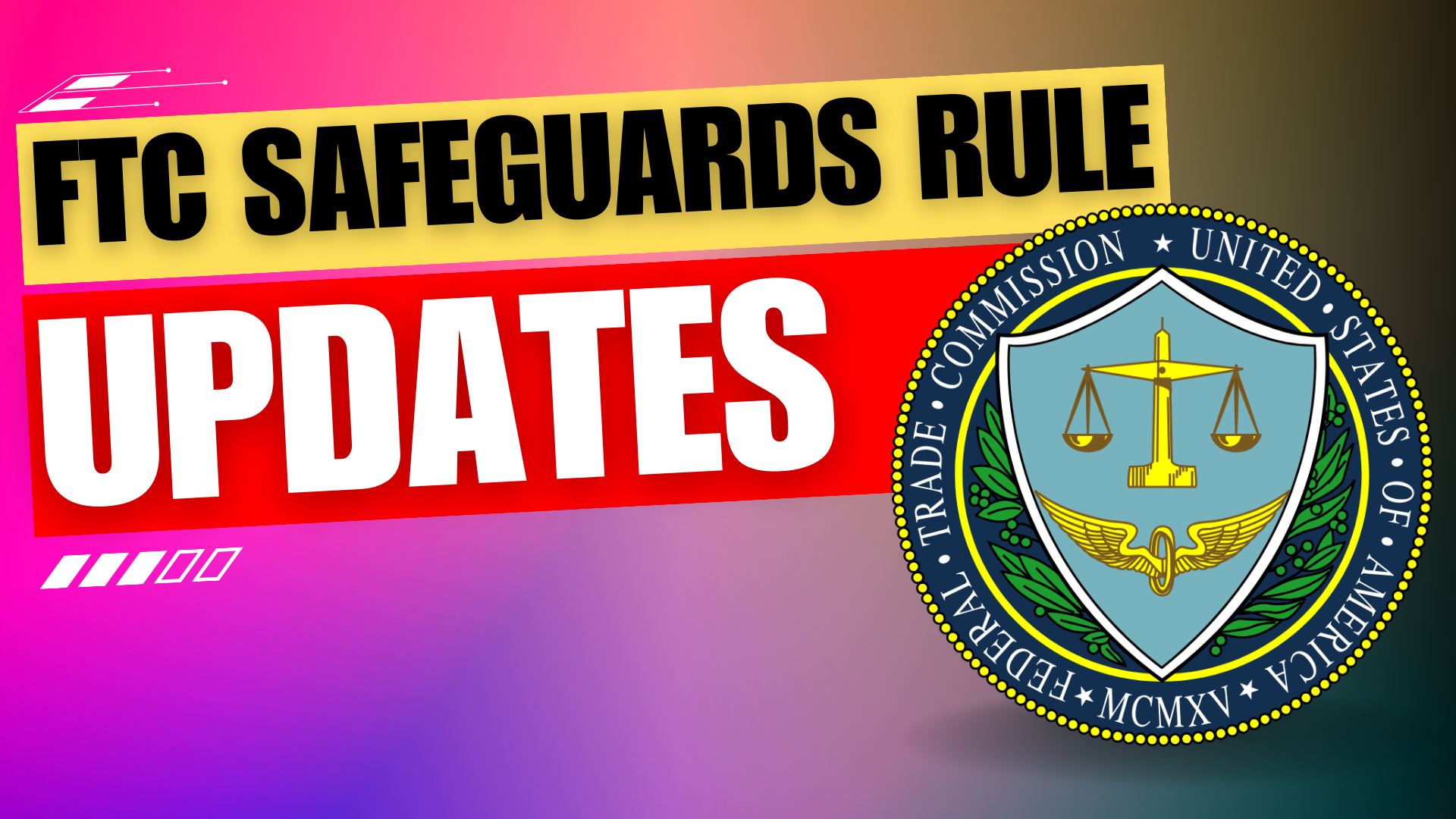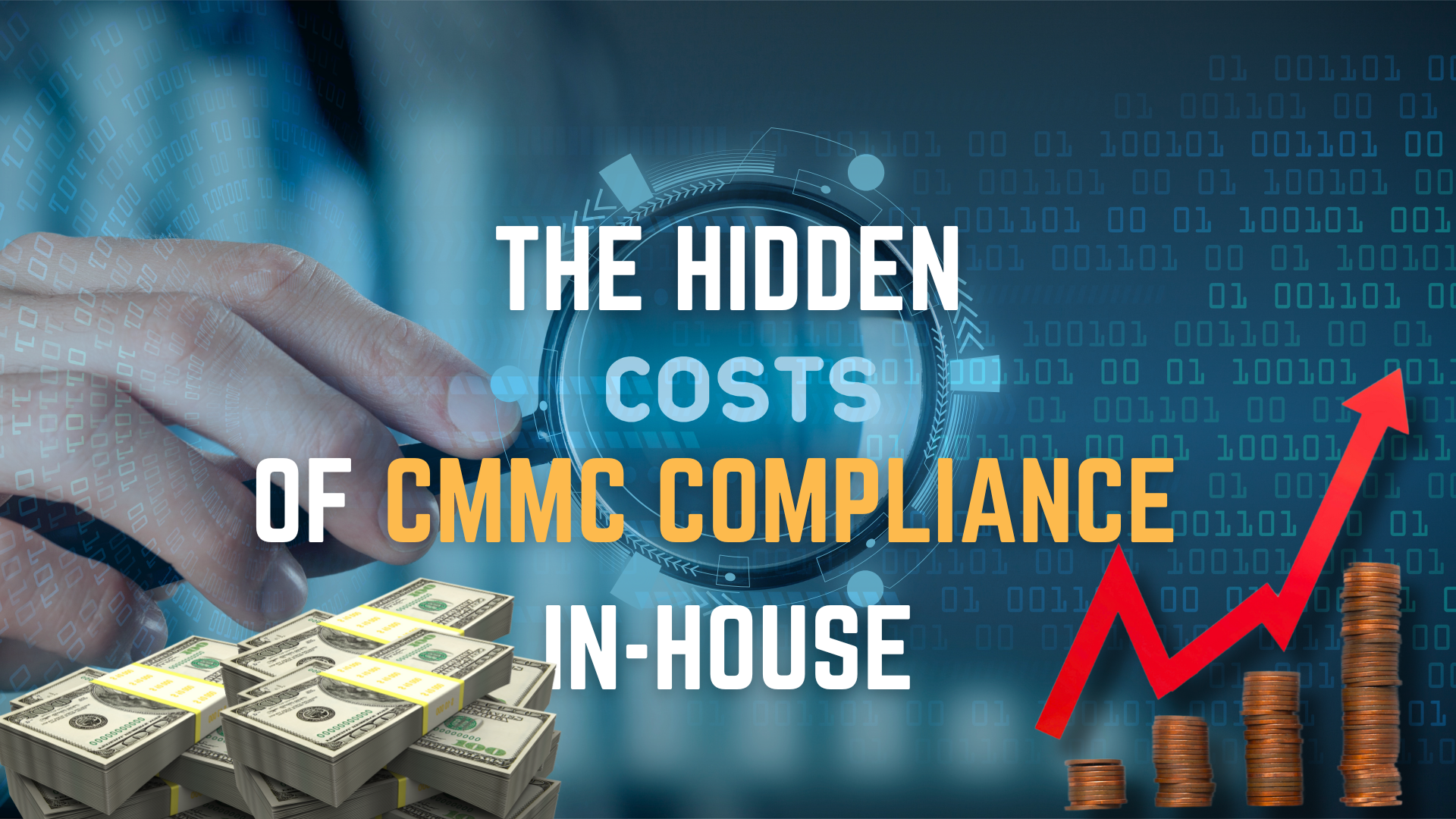For many government contractors, achieving Cybersecurity Maturity Model Certification (CMMC) compliance is a critical step in securing DoD contracts. But what often gets overlooked is the true cost of taking on CMMC compliance in-house.
Interim DFARS Rule: What It Means for DoD Contractors & How to Stay Compliant
The Cybersecurity Maturity Model Certification (CMMC) became part of the Defense Federal Acquisition Regulation Supplement (DFARS) in January 2020 and was later updated to CMMC 2.0 in November 2021. This regulatory shift impacted over 300,00 defense industrial base (DIB) members, many of whom found themselves overwhelmed by conflicting information about what these changes meant for their existing and future government contracts.
Get Ready for CMMC Requirements Now

The Cybersecurity Maturity Model Certification (CMMC) is not just another compliance hurdle—it’s a pivotal framework that the U.S. Department of Defense (DoD) is implementing to ensure robust cybersecurity practices across its defense industrial base (DIB). While the rollout is complex and will take time, ignoring its requirements could lead to lost contracts and diminished credibility.
What’s The Real Cost of CMMC Compliance for DoD Contractors?

In today’s fast-evolving cybersecurity landscape, defense contractors and organizations involved in the Department of Defense (DoD) supply chain face increasing regulatory demands. One of the most critical compliance requirements is the Cybersecurity Maturity Model Certification (CMMC). This framework is designed to secure sensitive DoD information and ensure contractors have robust cybersecurity measures.
Understanding the Latest Cyber Threat: A Deep Dive into the US Marshal Service Hack

Recently, reports have surfaced that Hunters International has leaked an enormous 386 gigabytes of sensitive data from the US Marshal Service. As of now, we don't have detailed information on how this breach occurred or the legitimacy of the data. To shed some light on the situation, we'll investigate the dark web—a crucial aspect of our threat intelligence efforts.
VF Corp, Owner of Vans and North Face, Cyberattack: What We Know So Far

VF Corp, the parent company of renowned brands Vans, Timberland, and North Face, recently fell victim to a cyber attack. The company, known for its clothing and apparel sold worldwide, acknowledged the incident in an SEC filing. The cyber attack, which occurred right amid the holiday rush, has significantly impacted VF Corp's ability to deliver products to retailers globally.
How Effectively Managing Risk Bolsters Cyber Defenses

In today’s rapidly evolving digital landscape, where cyber threats and vulnerabilities continually emerge, it’s obvious that eliminating all risks is impossible. Yet, there’s a powerful strategy that can help address your organization’s most critical security gaps, threats, and vulnerabilities — comprehensive cyber risk management.
FTC Safeguard Rule Amendment: What It Means for Your Financial Data

The Federal Trade Commission (FTC) has just introduced a significant amendment to its safeguard rule, which has far-reaching implications for non-banking financial institutions and businesses that handle sensitive financial data. The aim is to enhance the protection of your financial information from potential cyber threats.
The Impact of SEC Cybersecurity Rules on Businesses: Lessons from the Clorox Hack

In this blog, we're diving into the world of cybersecurity regulations and their profound effects on businesses in the United States. While we've previously covered this topic in a video back in July 2023, we're witnessing the real-world consequences of these SEC cybersecurity rules even before they officially go into effect in December.
Unlocking Compliance: Safeguarding Your Business with a Solid BIA Plan

We get it – keeping your ship sailing smoothly through the digital seas while staying on the right side of the law can feel like juggling flaming swords. But fear not! We've got your back with a game-changing strategy that speaks the language of simplicity and success – Business Impact Analysis (BIA) for Compliance.
- 1
- 2



